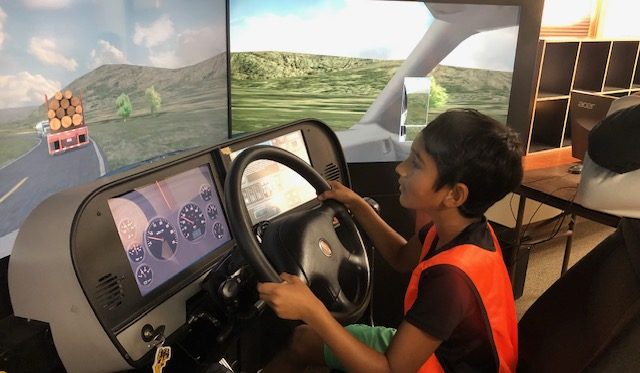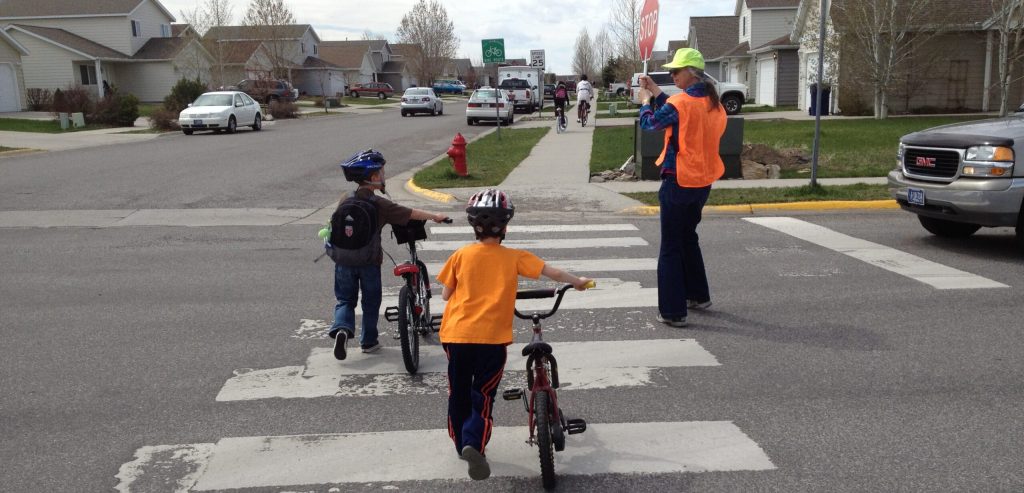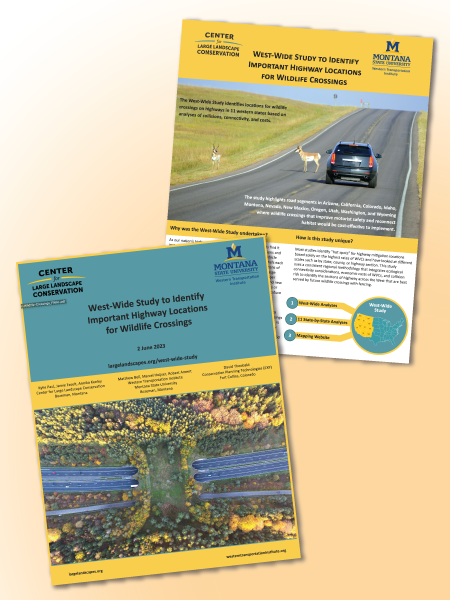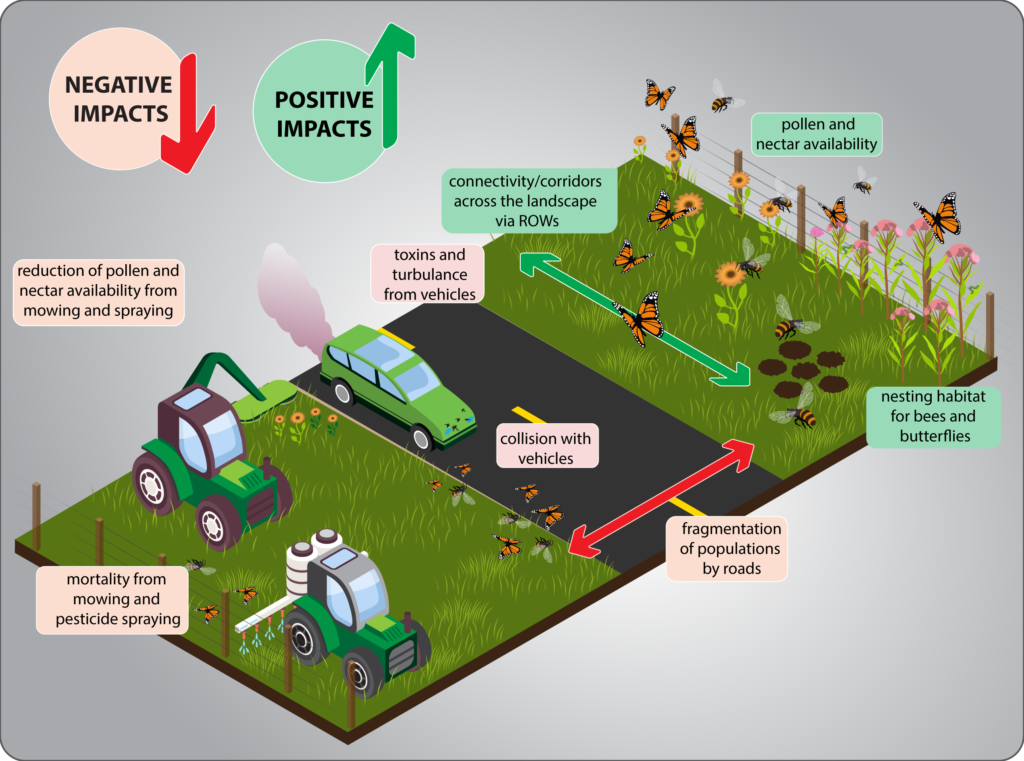Week-long Summer Camp Introduces Kids to Transportation Planning

In August, twenty-four Montana middle school students participated in WTI’s weeklong Summer Transportation Camp, held at Salish Kootenai College (SKC) in Pablo, Montana. The camp introduced participants to a wide range of transportation and STEM topics. Students were able to pick out a bike from Free Cycle bike kitchen in Missoula, which they used to […]
Active Commuting Options Abound for Bozeman’s Elementary Schoolers

An ongoing collaboration between WTI, the City of Bozeman, and three Bozeman elementary schools is ensuring children develop valuable bike and walking skillsets, while also enjoying the outdoors with friends. As of last April, students from Hyalite and Meadowlark Elementary Schools have been meeting their classmates at a local park to collectively walk or bike […]
New Study Identifies Potential Animal Highway Crossing Locations Across Western U.S.

Increasingly busy highways and fragmented habitats have boosted the number of wildlife-vehicle collisions (WVCs) in the U.S. each year. Dangerous to both animals and humans, these collisions kill more than one million large mammals and hundreds of humans per year and cause tens of thousands of injuries. To begin addressing these collisions, the nonprofit Center […]
MSU Graduate Investigates Presence of Monarch Butterflies and Other Pollinators in Roadside Habitats

Monarch butterflies (Danaus plexippus), the striking and iconic orange and black insects of postcards and motivational posters, have been in population decline since the 1980s and Thomas Meinzen, a master’s student in Montana State University’s Ecology Department, turned to a largely overlooked environment to save them. His thesis, Bees and Butterflies in Roadside Habitats: Identifying […]
